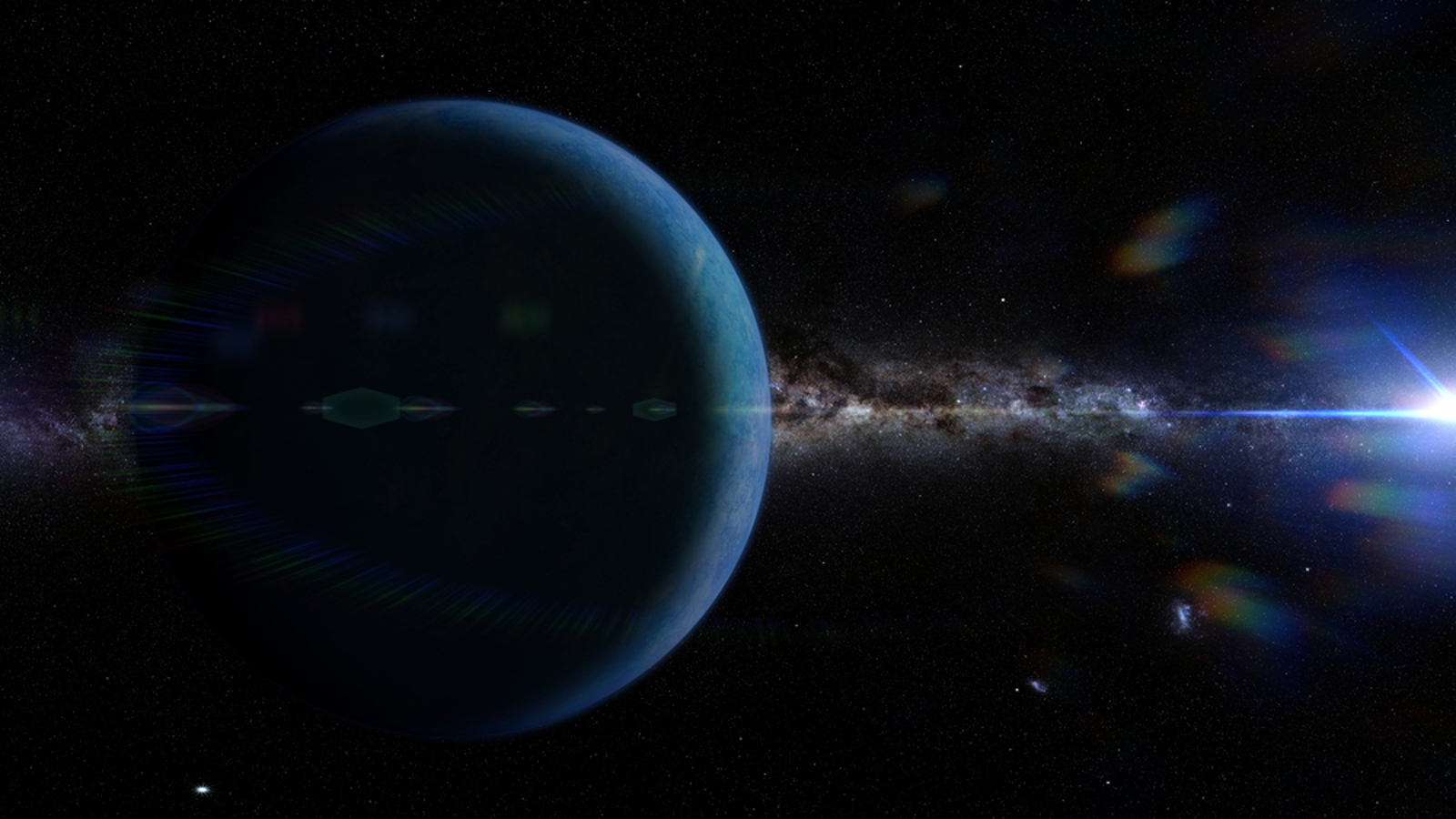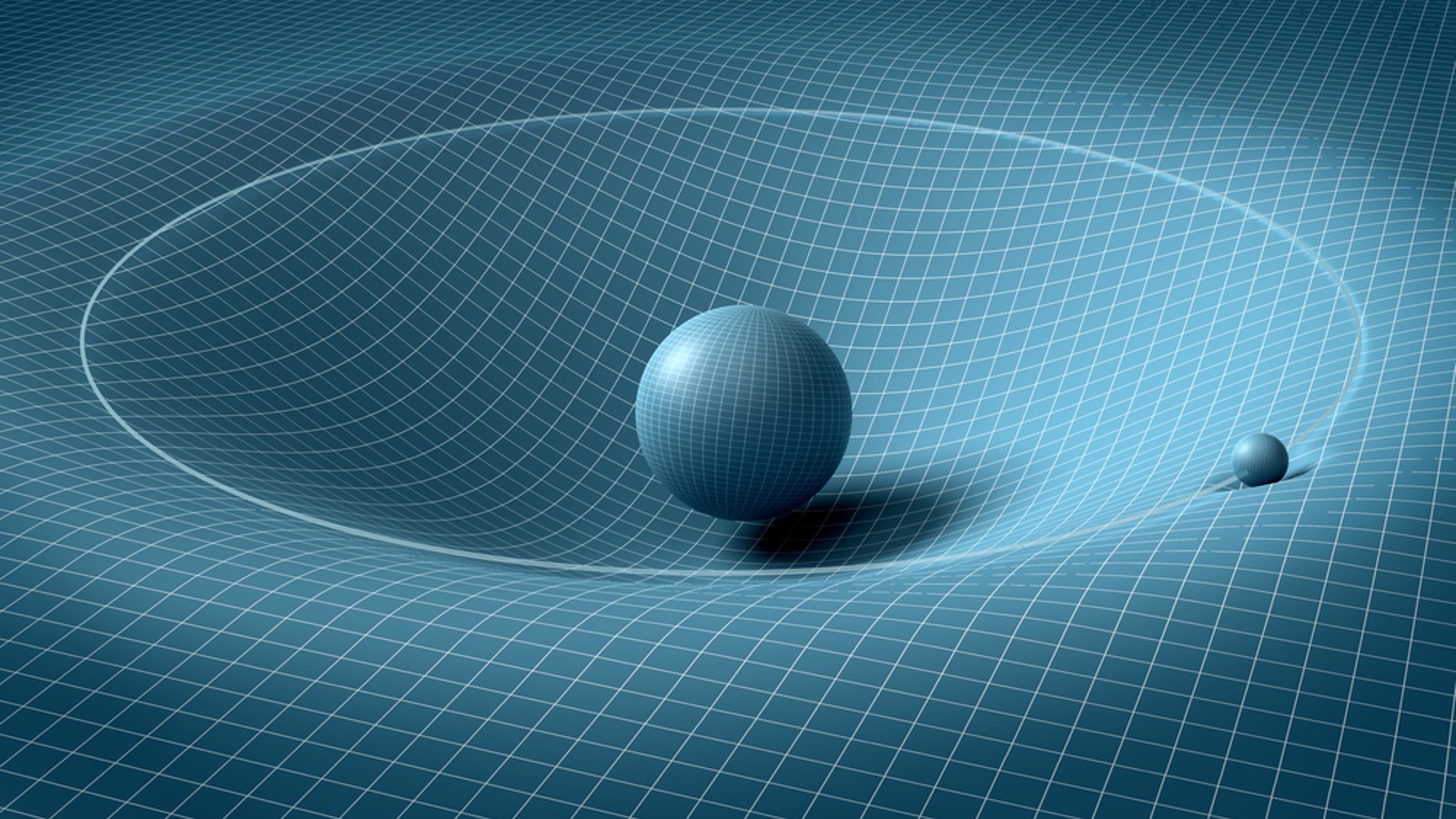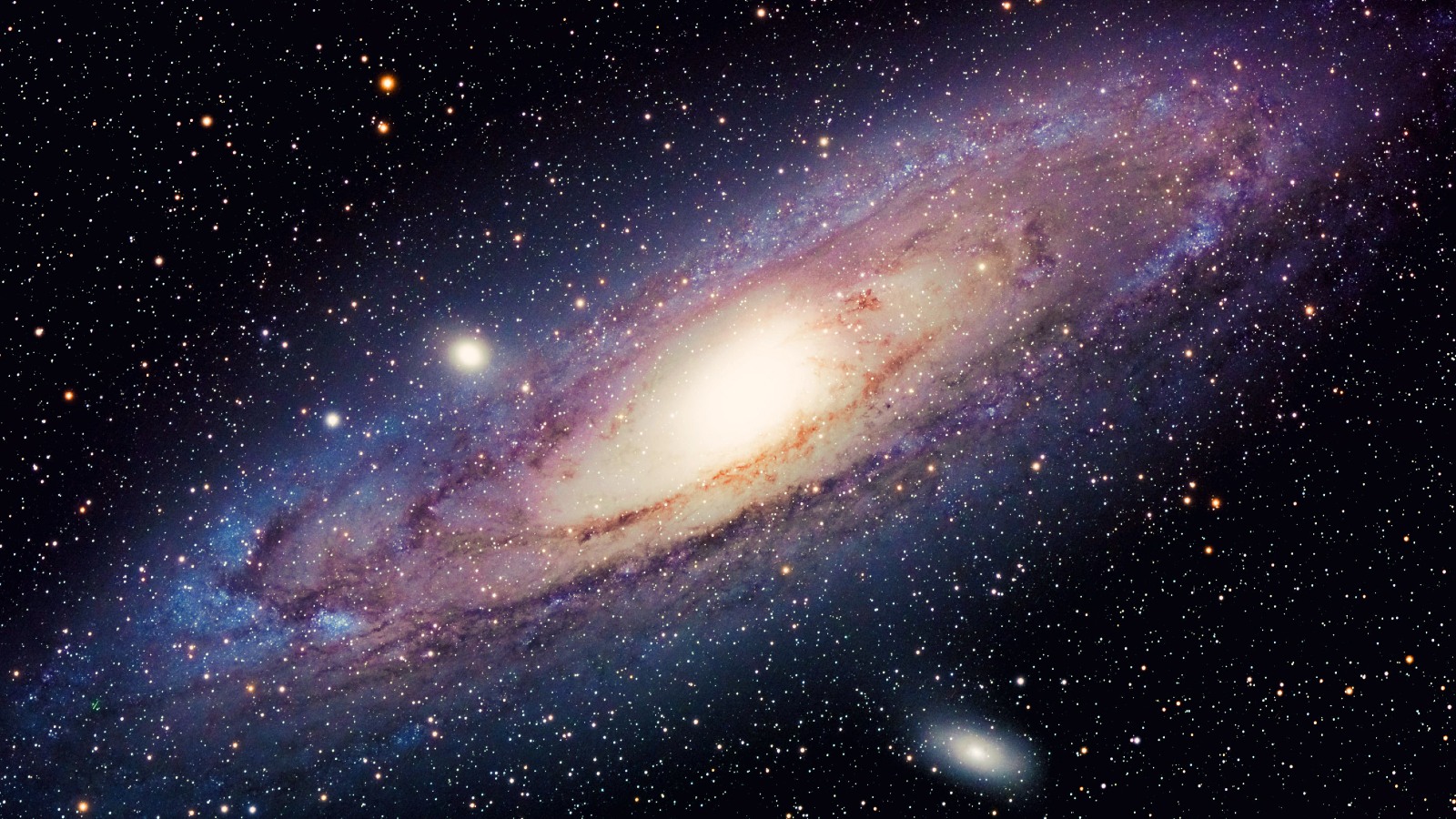Elusive Planet Nine could be an alternative form of gravity masquerading as a planet, study claims
Astronomers suggest that an alternative concept of gravity, known as modified Newtonian dynamics, could explain orbital inconsistencies that have previously pointed to the existence of a ninth planet in the solar system.

The elusive Planet Nine, which is theorized to be lurking somewhere in the outer reaches of the solar system, may not be a planet after all, a new study suggests. Instead, what we assumed to be a massive object could be evidence that gravity doesn't work like we thought it does. But the new theory doesn't sit well with everyone.
The Planet Nine hypothesis, first proposed in 2016, argues that the unusual orbits of objects in the Kuiper Belt beyond Neptune, which seem to be being pulled away from the sun, can be explained by the presence of an undiscovered ninth planet up to 10 times more massive than Earth. Astronomers have been looking for Planet Nine ever since. However, despite searching almost half of the night sky, they have so far come up empty-handed.
In the new study, published Sept. 22 in The Astronomical Journal, researchers proposed another explanation for the gravitational anomalies observed in the outer solar system — that there aren't any anomalies. Instead, the team shows that the inconsistencies disappear completely when applying an alternative concept of gravity known as modified Newtonian dynamics (MOND).
Isaac Newton's second law states that gravity tugging on an object is inversely proportional to the distance between the object and the object that is pulling it, meaning that gravity gets weaker as the distance between the two objects increases. But MOND tweaks this and suggests that past a certain distance, the gravitational pull is directly proportional to the distance, meaning the strength of the gravitational pull does not drop off as quickly at greater distances. This suggests that objects orbiting a larger object at great distances, such as stars on the outskirts of spiral galaxies like the Milky Way, would experience a greater gravitational pull than the second law would suggest.
According to MOND, then, Kuiper Belt objects are actually being pulled by the rest of our galaxy, rather than by an undiscovered planet.

The researchers were surprised by their findings. The initial aim of their study was to "rule out" MOND as a possible explanation for Planet Nine. However, when they applied it to the problem, it seemed to solve the issue perfectly.
Sign up for the Live Science daily newsletter now
Get the world’s most fascinating discoveries delivered straight to your inbox.
"MOND is really good at explaining galactic-scale observations," study author Harsh Mathur, a theoretical physicist at Case Western Reserve University in Ohio, said in a statement. "But I hadn't expected that it would have noticeable effects on the outer solar system."
MOND was first proposed in 1983 as an alternative to dark matter — the invisible particles of unknown origin that supposedly makes up 27% of all matter in the universe, according to NASA. Dark matter was proposed to explain the "missing mass problem," which arose when astronomers realized that stars and planets alone could not explain the observed gravitational pull of galaxies. But MOND suggests that if distant objects are experiencing a greater gravitational pull, then there may not be as much missing mass as we originally thought.

However, MOND cannot explain all of the universe's missing mass and thus cannot completely rule out the idea of dark matter. And other studies suggested that to reconcile MOND with quantum mechanics and relativity, "funky" stuff needed to be added to existing theories, and some of those additions are problematic.
Related: Elusive Planet Nine could be surrounded by hot moons, and that's how we'd find it
Not everyone is convinced by this latest Planet Nine theory.
"I would be delighted with the idea that what we thought was Planet Nine was really new physics," Michael Brown, an astronomer at Caltech who co-proposed the Planet Nine hypothesis, told Live Science in an email. "But I suspect that the chances [of this being true] are low," he added. "It's probably just a normal planet instead."
MOND is not the only alternative explanation for Planet Nine that has popped up in recent years. Some experts have proposed that the hypothetical planet is actually a mini black hole that is pulling the surrounding objects inward.
But whether MOND is the answer to the Planet Nine mystery or not, the study team believes that the concept has a role to play in further understanding our cosmic neighborhood.
"Regardless of the outcome, this work highlights the potential for the outer solar system to serve as a laboratory for testing gravity and studying fundamental problems of physics," study author Katherine Brown, a theoretical physicist at Hamilton College in New York State, said in the statement.

Harry is a U.K.-based senior staff writer at Live Science. He studied marine biology at the University of Exeter before training to become a journalist. He covers a wide range of topics including space exploration, planetary science, space weather, climate change, animal behavior and paleontology. His recent work on the solar maximum won "best space submission" at the 2024 Aerospace Media Awards and was shortlisted in the "top scoop" category at the NCTJ Awards for Excellence in 2023. He also writes Live Science's weekly Earth from space series.









